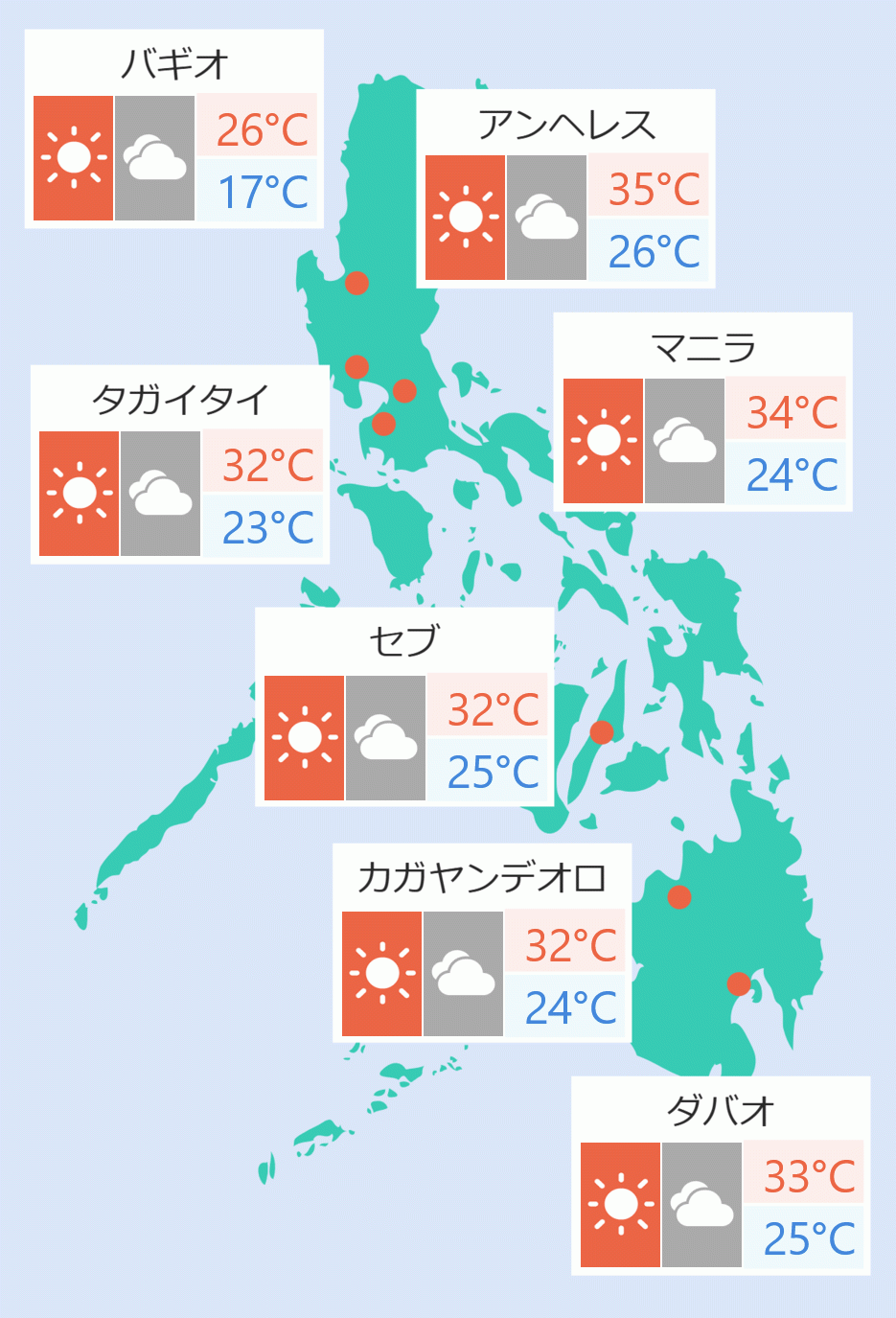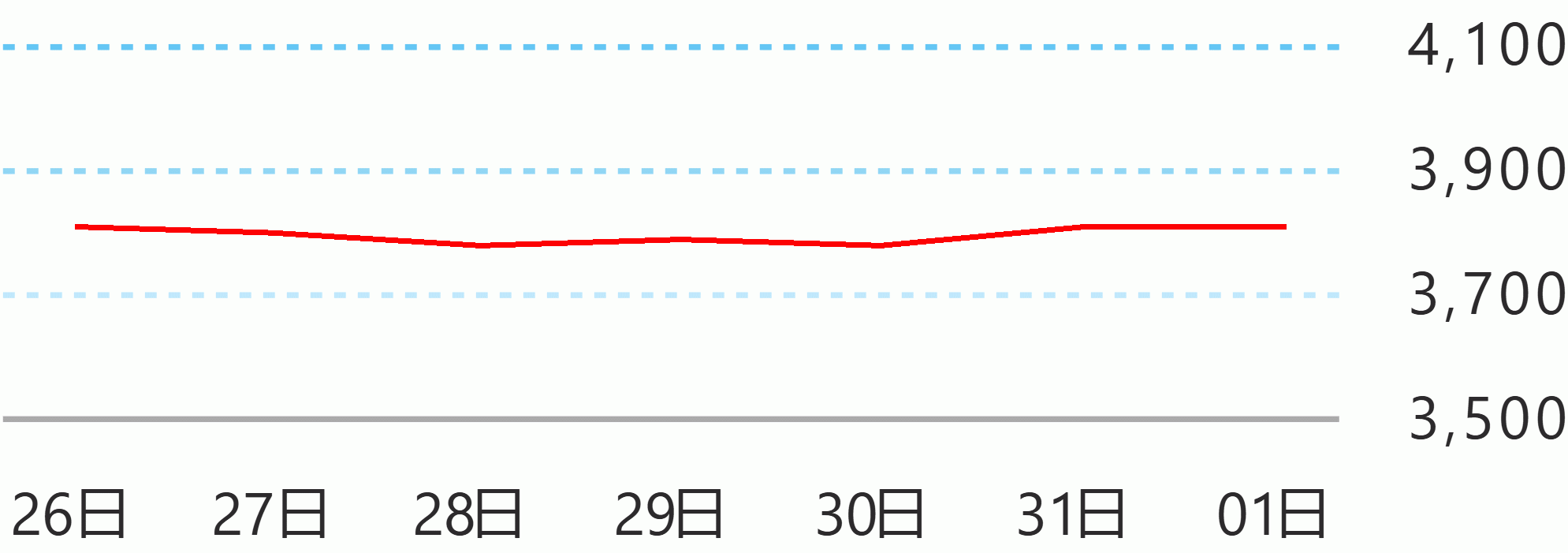kunat_2000@yahoo.com
20:09 (28 分前)
To jedit@manilashimbun.com, studio.malaya.ph, 自分
Story 1
Japan, Philippines and US security advisers tackle combined maritime activities
By Robina Asido
As part of their effort to enhance their trilateral cooperation between the three states, the national security advisers of Japan, Philippines and the United States "discussed opportunities to conduct combined maritime activities including multilateral joint naval exercises in Indo-Pacific waters."
This was tackled by National Security Advisor Jake Sullivan of the United States, National Security Advisor Akiba Takeo of Japan, and National Security Adviser Eduardo Año of the Philippines as they gathered for the first time in Tokyo on Friday.
The conduct of combined maritime activities between the three states is in "support of freedom of navigation, and the broader rules-based order."
"The three NSAs emphasized the importance of enhancing trilateral cooperation and response capabilities based on the Japan-United States Alliance and Philippines-United States Alliance in order to maintain peace and stability in the Indo-Pacific region," a joint readout released by the White House on Friday.
"Also, they concurred that a free and open maritime order, characterized by freedom of navigation, and a free, fair, and equitable economic order are essential in the Indo-Pacific, especially given unilateral attempts to change the status quo by force or coercion," it added.
They also reaffirmed the importance of the first trilateral joint training among the three countries’ coast guards which was conducted in the Philippines early June.
It also stated that during their meeting "the three NSAs discussed a wide range of regional security challenges, including with respect to the South China Sea and the East China Sea, as well as North Korea. In addition, they reiterated the importance of peace and stability across the Taiwan Strait."
During the meeting "the three NSAs resolved to advance trilateral defense cooperation based on the recent progress between the United States and the Philippines such as the four additional locations identified pursuant to their Enhanced Defense Cooperation Agreement and between Japan and the Philippines in discussing frameworks that will enhance and facilitate reciprocal visits of defense and military officials."
"The three NSAs reaffirmed the importance of efforts to promote Maritime Domain Awareness (MDA) by utilizing Japan’s new 'Official Security Assistance (OSA)' cooperation framework, the QUAD’s Indo-Pacific Partnership for Maritime Domain Awareness (IPMDA) and other capacity building measures," it states.
They also "decided to convene additional trilateral exchanges in the coming months among the National Security Secretariat of Japan, the National Security Council staff of the United States, and the National Security Council Secretariat of the Philippines, to further expand cooperation and information-sharing" between their states. DMS
Story 2
PCG says Chinese ship shadowed ship in West Philippine Sea
A Philippine Coast Guard (PCG) official confirmed that BRP Francisco Dagohoy, a Bureau of Fisheries and Aquatic Resources Multi-Mission Offshore Vessel was shadowed by a Chinese Navy ship in the West Philippine Sea last Friday.
"I think it was Friday. They observed a Chinese Navy (ship) that shadowed them, I just don't know the distance and of course the usual, there were challenges issued by the Chinese Navy which was answered by the coast guard personnel or the crew of BRP Dagohoy," PCG spokesman Rear Admiral Armando Balilo said in an ambush interview after a forum in Quezon City on Saturday.
Balilo said the BFAR vessel was on its way to Puerto Princesa, Palawan from Pagasa Island when they were tailed by the Chinese Navy.
Lt. Commander Mark Adrias, commanding officer of BRP Francisco Dagohoy, said despite the presence of the Chinese Navy the BFAR vessel did not perform any aggressive maneuver.
"We will submit a formal report to the National Task Force West for that report," he told 24 Oras Friday night.
BRP Dagohoy visited Pagasa Island to transport the 4.95 million pesos worth of livelihood assistance of BFAR for the fisherfolk in the area.
The assistance includes fishing gear and post-harvest equipment.
BRP Dagohoy left Oyster Bay Naval Base in Barangay Macarascas, Puerto Princesa City after a send-off ceremony during the celebration of the 125th Philippine Independence last Monday. Robina Asido/DMS
Story 3
External debt ratio for the first quarter remains prudent: BSP
External debt (EDT) expressed as a percentage of gross domestic product (GDP) was recorded at 29 percent for the first quarter, the Bangko Sentral ng Pilipinas (BSP) said Saturday.
This is higher than the EDT to GDP ratio of 27.5 percent in end-December 2022 due to a change in the scope of the external debt stock to include non-resident holdings of Peso-denominated debt securities issued onshore ($3.8 billion).
The statistical adjustment, which resulted from the availability of detailed information on non-resident holdings of securities, is in line with the International Monetary Fund’s standards under the External Debt Statistics Guide and the International Balance of Payments and International Investment Position Manual.
Borrowings by the public sector for the National Government’s (NG) general financing requirements, funding of pandemic recovery measures, and other infrastructure programs, among others, also contributed to the growth in the debt stock.
Other key external debt indicators also remained at manageable levels. Gross international reserves stood at $101.5 billion as of end-March and represented 5.9 times cover for short-term (ST) debt based on the original maturity concept.
The debt service ratio (DSR) rose to 12.9 percent from 4 percent for the same period last year due to the higher recorded repayments in the first quarter.
The DSR, which relates principal and interest payments (debt service burden) to exports of goods and receipts from services and primary income, is a measure of adequacy of the country’s foreign exchange (FX) earnings to meet maturing obligations.
External debt, which refers to all types of borrowings by Philippine residents from non-residents (following the residency criterion for international statistics), stood at $118.8 billion as of end-March , up by $7.5 billion (or 6.8 percent) from the $111.3 billion level as of end-2022.
The rise in the debt level during the first quarter of 2023 was driven primarily by the aforesaid statistical adjustment involving the inclusion of the non-resident holdings of Peso-denominated debt securities issued onshore in the debt stock.
Other drivers for the increase in the external debt stock include: (a) net availments of $2.7 billion, largely by the NG as it raised $3 billion from the issuance of a multi-tranche Global Bond for its general financing requirements; (b) prior periods’ adjustments of $767 million; and (c) the appreciation of other currencies against the US dollar which increased the US Dollar equivalent of borrowings denominated in other currencies, thereby resulting in an overall positive FX revaluation of $432 million.
Year-on-year, debt stock rose by $9.1 billion. The increase was driven by: net availments of $7.6 billion, of which $7.4 billion pertain to NG borrowings; (b) inclusion of non-residents holdings of Peso-denominated debt securities ($3.8 billion); and (c) prior periods’ adjustments of $646 million.
Meanwhile, the transfer of Philippine debt papers from non-residents to residents of $1.7 billion and negative FX revaluation of $1.3 billion partially tempered the increase in the debt stock for the period.
As of end-March, the maturity profile of the country’s external debt remained predominantly medium- and long-term (MLT) in nature (i.e., those with original maturities longer than one year), with share to total at 85.4 percent.
The weighted average maturity for all MLT accounts slightly increased to 17.3 years from 17.2 years in end-2022, with public sector borrowings having a longer average term of 20.2 years compared to 7.2 years for the private sector.
On the other hand, ST accounts [or those with original maturities of up to one year comprised only 14.6 percent of the outstanding debt stock and consisted of bank liabilities, trade credits and others. This means that FX requirements for debt payments are still well spread out and, thus, manageable.
Of the MLT accounts, 57.7 percent have fixed interest rates, 40.9 percent carry variable rates, and 1.5 percent balance are non-interest bearing.
Public sector external debt rose to $75.2 billion (or by $7.8 billion) in the first quarter, from the previous quarter’s $67.4 billion level.
This increase raised its share to total vis-à-vis private sector external debt from 60.1 percent to 63.3 percent. About $68.1 billion (90.5 percent) of public sector obligations were NG borrowings, while the remaining $7.1 billion pertained to loans of government-owned and controlled corporations, government financial institutions and the Bangko Sentral ng Pilipinas.
During the quarter, private sector debt slightly declined from $43.9 billion as of end-2022 to $43.6 billion as of end-March, with share to total likewise decreasing from 39.4 percent to 36.7 percent.
This was due mainly to net repayments of $1.3 billion, which offset prior periods’ adjustments of $707 million; the net acquisition of Philippine debt securities by non-residents from residents of $251 million; and positive FX revaluation of $59 million.
Major creditor countries were: Japan ($14.3 billion), United States of America ($3.6 billion), and United Kingdom ($3.2 billion).
Loans from official sources (multilateral and bilateral creditors) had the largest share (37.9 percent) out of the total outstanding debt, followed by borrowings in the form of bonds/notes (35.2 percent) and obligations to foreign banks and other financial institutions (20.9 percent); the rest (5.9 percent) were owed to other creditors (mainly suppliers/exporters).
In terms of currency mix, debt stock remained largely denominated in US dollar (76 percent) and Japanese yen (8.3 percent) while the 15.7 percent balance pertained to 17 other currencies, including the Philippine peso, Euro and Special Drawing Rights. BSP
Story 4
Phivolcs notes positive dev’t in Mayon but level 3 stays
Only two volcanic earthquakes have been recorded in Mayon Volcano, the Philippine Institute of Volcanology and Seismology (Phivolcs) said on Saturday, adding that this is a positive development.
“As of now, wala tayong masyadong volcanic earthquakes na nakikita. Significant po iyan kasi habang umaakyat iyong magma, dapat mayroon tayong mari-record na mga low frequency volcanic earthquakes. Dalawa lang since 5 a.m. yesterday and 5 a.m. today. Dalawang volcanic earthquakes lamang iyong na-record natin although tumataas nang bahagya iyong total seismic energy release pero again we have to look at this closely,” Phivolcs Director Teresito Bacolcol said in a news forum in Quezon City.
Bacolcol said Phivolcs is closely monitoring the volcano’s activity.
“For now, maintain pa rin iyong Alert Level 3 and the recommended six-kilometer permanent danger zone, iyong mga tao doon sa loob we recommended that they should be evacuated,” Bacolcol said.
“So, kapag may mga abrupt changes sa parameters, we might consider extending the danger zone to seven kilometers or if not kapag masyadong abrupt na talaga, we have to raise to Alert Level 4 but for now it’s still maintained at Alert Level 3,” he added.
Phivolcs raised the alert status on June 8 to Alert Level 3, noting that “Mayon (was) exhibiting magmatic eruption of a summit lava dome, with increased chances of lava flows and hazardous PDCs (pyroclastic density currents) affecting the upper to middle slopes of the volcano and of potential explosive activity within weeks or even days.”
President Ferdinand Marcos Jr. visited the Mayon evacuees in Albay on Wednesday to monitor their condition.
During his visit, Marcos ordered national agencies to cover up to 90 days of relief assistance for the evacuees to unburden the load of local government units (LGUs) in disaster response.
In the same forum, OCD Undersecretary Ariel Nepomuceno reported that 9,571 families are affected coming from 26 barangays and 4,471 families are in evacuation centers.
Nepomuceno said P35 million worth of assistance has been provided by the national government, apart from the assistance provided by the LGUs. Presidential News Desk
Story 5
Siphoning oil from sunken tanker finished: PCG
The siphoning of fuel oil from the tanks of the Princess Empress, which sunk last February 28 in Naujan, Oriental Mindoro is finished, the Philippine Coast Guard (PCG) said on Saturday.
The PCG said 84, 477 liters of fuel oil were siphoned from the tanker from May 29 to June 16.
Rear Admiral Armand Balilo, Philippine Coast Guard spokesperson, said footage of the remotely operated vehicle showed that the cargo ship's eight oil tanks and its operational tanks showed no trace of oil.
The Coast Guard, Department of Environment and Natural Resources (DENR), Office of Civil Defense (OCD), Bureau of Fisheries and Aquatic Resources, Department of Science and Technology and the Oriental Mindoro local government witnessed the final underwater oil removal and recovery operation of the salvage company which hired the Diving Support Vessel Fire Opal.
Malayan Towage and Salvage Corp. said it will leave two salvage vessels to monitor the area if oil continues to leak, according to Balilo. If this happens, this will be recovered, he added.
Balilo said even though the recovery of fuel oil was completed, oil spill containment is ongoing.
He said "I think they were able to accomplish their task but it wasn't completed in terms of oil spill containment operation."
"Based on the report that we have, last week, I said 85 percent but right now around 95 percent was cleaned," Balilo added. Eric Acidre/DMS





 English
English










